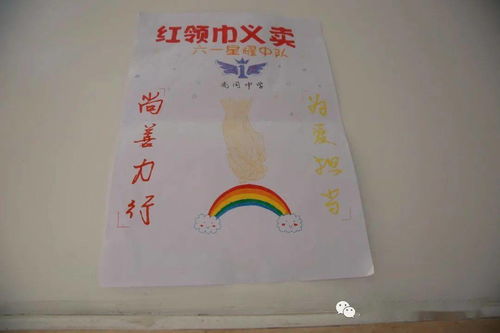Title: Understanding Stock Trading with TSI Indicator
Stock trading involves various strategies and tools to analyze market trends and make informed decisions. One such tool is the True Strength Index (TSI), which assists traders in identifying trends and potential reversal points in stock prices. Let's delve into the significance of TSI in stock trading and how it can guide your investment decisions.
What is TSI?
The True Strength Index (TSI) is a momentumbased technical indicator used in technical analysis to determine both the strength and direction of a stock's price trend. Developed by William Blau, TSI is calculated using the difference between two moving averages of the stock's price momentum.
How is TSI Calculated?
The TSI calculation involves two steps:
1.
Calculate the Double Smoothed Momentum (DM):
Calculate the momentum over a specified period (typically 25 days).
Smooth the resulting momentum using a second moving average (typically 13 days).
2.
Calculate the TSI:
Divide the smoothed DM by the absolute value of the smoothed DM over a longer period (typically 25 days).
Multiply the result by 100 to obtain the TSI value.
Interpreting TSI Values
TSI values oscillate around a centerline (usually set at zero), indicating bullish or bearish trends:
Above Zero:
Indicates bullish momentum, suggesting an upward trend in stock prices.
Below Zero:
Indicates bearish momentum, suggesting a downward trend in stock prices.Using TSI in Stock Trading
1.
Identifying Trend Reversals:
TSI helps traders identify potential trend reversals when it crosses above or below the zero line. A cross above zero suggests a bullish trend, while a cross below zero suggests a bearish trend.
2.
Confirming Trends:
TSI can confirm the strength of an existing trend. Rising TSI values during an uptrend indicate strengthening bullish momentum, while falling TSI values during a downtrend indicate strengthening bearish momentum.
3.
Divergence Analysis:
Divergence between TSI and stock prices can signal potential trend reversals. Bullish divergence occurs when TSI forms higher lows while prices form lower lows, suggesting a possible upward reversal. Conversely, bearish divergence occurs when TSI forms lower highs while prices form higher highs, signaling a potential downward reversal.

Tips for Using TSI Effectively
1.
Combine with Other Indicators:
TSI works best when used in conjunction with other technical indicators, such as moving averages, MACD, or RSI, to confirm signals and reduce false positives.
2.
Adjust Parameters:
Experiment with different parameter settings to adapt TSI to different trading styles and market conditions. However, be cautious of overoptimization, which may lead to curvefitting.
3.
Practice and Patience:
Like any technical indicator, mastering TSI requires practice and patience. Take the time to backtest your strategies and gain experience in interpreting TSI signals accurately.
Conclusion
The True Strength Index (TSI) is a valuable tool for stock traders, offering insights into both the strength and direction of price trends. By understanding how to calculate and interpret TSI values, traders can make more informed decisions, identify trend reversals, and confirm existing trends. However, it's essential to use TSI in conjunction with other indicators and exercise caution to avoid false signals. With practice and diligence, TSI can become a valuable asset in your stock trading arsenal.











